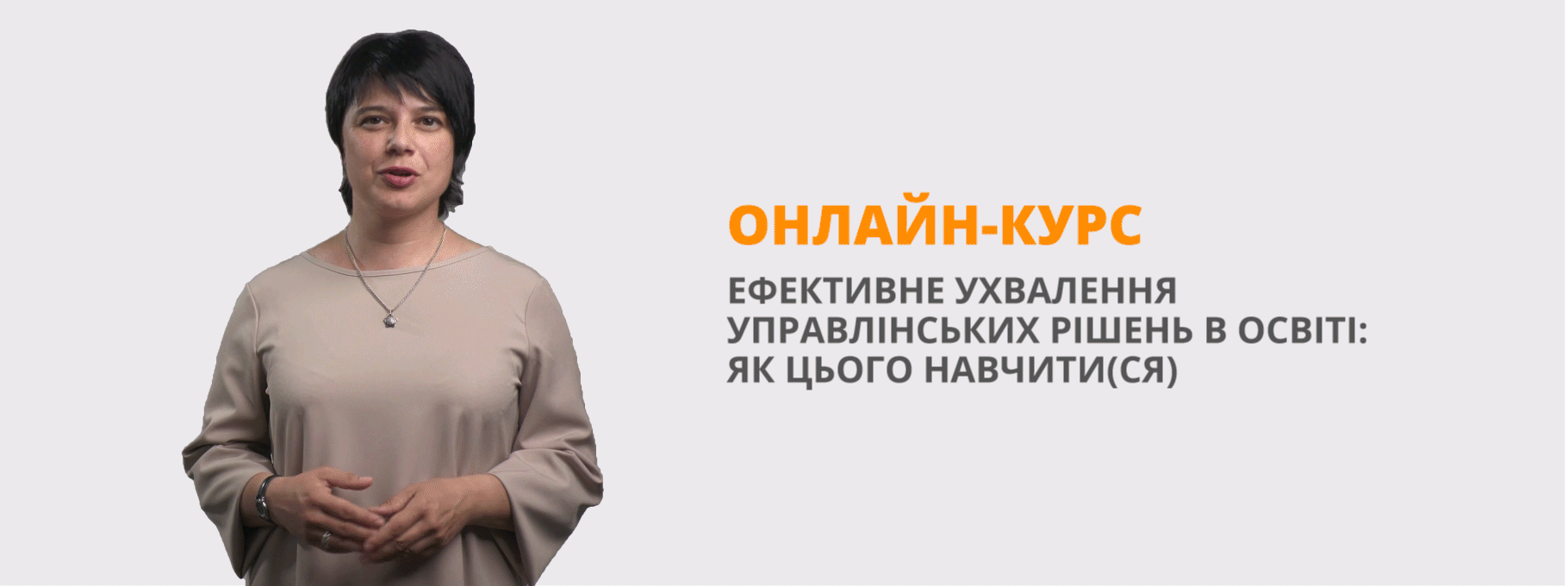Конспект уроку "Чарівний світ космосу"
Тема уроку: “The magic world of the universe”.
Мета уроку: практична: активізувати лексичні одиниці, практикувати уміння учнів працювати в групах, вдосконалювати вміння робити логічно вірно оформлені лексико – граматичні висловлювання; освітня: конкретизувати знання учнів про цікаві факти по темі «Космос», формувати систему знань про структуру Сонячної системи, її планети; розвиваюча: розвивати навички усного і писемного мовлення через інтерактивні методи навчання; виховна: розвивати пізнавальний інтерес до вивчення англійської мови, розвивати критичне мислення та мовну здогадку.
Тип уроку: інтерактивний урок.
Методи і прийоми навчання: «мозковий штурм», говоріння, письмо, бесіда, слово вчителя, робота в групах, доповнення речень, робота над виправленням лексичних і логічних помилок, зміна граматичних структур з одного часу в інший, самостійна робота, повторення мовна здогадка, фізкультхвилинка, лексична розминка, метод вправ, монологічне мовлення, чайнворд, загадки.
Обладнання: дошка, комп’ютерна презентація, схема «мозкового штурму» по темі «Космос», роздатковий матеріал для учнів, ілюстративні картки по темі «Космос», ілюстрації, проекти учнів, книга «Космос. Ілюстративний путівник» Робіна Керрода, малюнки, журнал «Граємо в англійську. Космос», вирізані декорації, наклейки, клей.
План уроку.
1.Мотивація.
2.Оголошення, представлення теми та очікуваних навчальних матеріалів.
3.Надання необхідної інформації.
4.Інтерактивна вправа.
5.Підбиття підсумків (рефлексія), оцінювання результатів уроку.
(Slide 1) The topic of our today’s lesson is very interesting. I like this topic most of all because it is very mysterious and magic. Many scientists explore it all their life in order to prove their outlooks. We cannot imagine our life without the beautiful sky and blinking stars. We want to know every thing about other planets, we dream about the flights to these planets.
(Slide 2) To the end of the lesson we’ll speak about interesting facts of universe, galaxies, planets; discuss some problems, improve speaking skills on the material covered; use the achieved knowledge and information; develop your creative thinking.
Let us travel around our universe. Look at the blackboard. This is our route. It is the map of our travelling. Of course today’s lesson is so short. We cannot travel so far. Let’s visit the Solar system because it is a little part of universe. In order to take your seats in our spaceship you must buy the tickets (stickers). The price of the ticket is your right answer on my questions. And you may get additional points if you are active. If you have more points you’ll have better marks. In space cosmonauts must be able to draw different graphs, schemes. Look at the slide of mind – map “Universe” and draw it. (Slide 3)
Are you ready? Then answer my questions. (Slide 4)
1. What science studies the formation and development of space? (Astronomy)
2. Why is so hard to learn universe? (It is very big and endless. Everything is moving in it.)
3. Where is situated our planet? (It is situated in the Solar system and in the galaxy Milky Way)
4. What planets does the Solar system consist of? (It consists of Mercury, Venus, Earth, Mars, Jupiter, Saturn, Uranus, Neptune, Pluto).
5. What is the satellite of our planet? (It’s the Moon)
6. What is the Sun? (It is the nearest star to our planet)
7. Who was the first cosmonaut of the world? (Yuriy Gagarin)
8. Who was the general designer of the ship “Vostok”? (Serhiy Korolyov)
9. Who was the first astronaut of independent Ukraine? (Leonid Kadenyuk)
10. What is the first woman cosmonaut? (Valentyna Tereshkova)
11.What astronaut was the first who visited the Moon? (Neil Armstrong)
Every cosmonaut must be highly educated and skilled. At the beginning of the flight cosmonauts must make some preparations. They must be strong and healthy and go in for sports. Let’s do morning exercises in order to be the similar astronauts.
Look at the ceiling,
Look at the floor,
Look at the window,
Look at the door.
Show me the sky. Show me a computer. Show me the sun. Show me the clouds.
You are good sportsmen. Let us fly into the magic world of universe. Take your seats. We start our flight. We know that universe is endless, very big and everything in universe is moving. It consists of stars, meteors, meteoroids, comets asteroids, small bodies and cosmic dust. Our galaxy Milky Way consists of 100 milliard of stars. There are many galaxies in universe, but they are unapproachable. During our lesson we travel to the Solar system. It is a little part of universe. You know the Solar system consists of nine planets. (Slide 5)
- What are the planets of the Solar system?
All the planets are shined by the sunlight. Let’s look through the portholes.
- What can you see? (Slide 6)
- Can we fly to the Sun? (No, we cannot. It is 150 million of kilometers from the Earth. It is very hot. The temperature is 15 million degrees in the middle of the Sun. Temperature on the surface is 8000 degrees. We’ll burn.
Look! It is the nearest planet to the Sun. (Slide 7)
- Is it Mercury?
- Can we fly to Mercury? (No, we cannot. The temperature is 400 degrees. It’s very hot. Temperature is the most extreme in the Solar system. Mercury is in many ways similar to the Moon. Its surface is heavily cratered and very old. Mercury has no satellites.
The second planet to the Sun is Venus. (Slide 8)
- Can we visit Venus?
Yes, we can. It is sometimes called Earth “sister planet”. It was thought that below its clouds Venus might even have life like Earth.
(Slide 9) There is Mars on the right hand of porthole. Mr. Captain, let’s land.
-What can you see on Mars? Is it really Red Planet?
Yes, it is. Mars is a planet with a thin atmosphere. It has two satellites. There is the highest mountain in the Solar system and the largest canyon on this planet. Now the temperature is +27C on the day side and during summer. But we know that temperature is -133C at the winter hole.
Let’s fly further. Dear passengers! Now we are flying by the giant planets: Jupiter, Saturn, Uranus, Neptune. But it is sorry to say that we cannot land on these planets. They consist of gas and have not solid surfaces.
(Slide 10) Look! It is the biggest planet of the Solar system.
-What is this planet?
Yes, it is. What do you know about Jupiter?
Jupiter is a gas giant. The mass of it is 318 times that of Earth. This planet has 63 moons and 59 satellites.
(Slide 11) We are flying near Saturn. It is the sixth planet from the Sun. Saturn has been known since prehistoric times. It is a gas giant. Saturn has a system of icy rings. 60 moons orbit the planet. The moon of Saturn Titan is larger than Mercury.
(Slide 12) Look through the porthole. It is Uranus.
-Do you know anything about Uranus?
Uranus is a gas planet. It has bands of clouds. Uranus’ blue colours are the result of absorption of red light by methane. Uranus has a ring system (11 rings) and 27 moons. The wind speeds can reach 250 m/s.
Let us travel. We are flying near Neptune. (Slide 13)
-Can you say about this planet?
Neptune is the eighth planet. It has 13 moons. Neptune has the strongest winds of any planet in the Solar system. It is 2100 km/h.
(Slide 14) The final planet of the Solar system is Pluto. We can see it now.
-Do you know anything about Pluto?
Pluto is a dwarf planet. It is the smallest planet. It is composed of rock and ice. The surface temperature is between -235C and -210C. It has not been visited yet by the spacecraft. New Horizons should reach Pluto in 2015.
So we have seen all the planets of the Solar system. We can return home. But… Attention! Our spaceship was breaking! We must repair it as more quickly. In spaceships cosmonauts do not rest all their time. They must work. Their work is divided. Every cosmonaut has his destination and duties. Let us divide into groups and do some tasks in order to repair our spaceship.
(Slide 15) The first group is diplomats. You must fix a contact with aliens. You must understand and write down them the message. There is important information about the planets of the Solar system in this message.
Complete the sentences with the names of the planets.
1……is the largest planet. (Jupiter)
2……is the closest in distance to the Sun. (Mercury)
3…….is sometimes called the Red Planet because of its colour. (Mars)
4…….is sometimes called the morning or evening star. (Venus)
5…….takes approximately 365 days go round the Sun. (Earth)
6…….was called after the Roman god of agriculture. (Saturn)
7…….is the seventh in order of distance from the Sun. (Uranus)
8…….was discovered in 1846. (Neptune)
9…….is called a dwarf planet. (Pluto)
(Slide 16) Something has hit our spaceship and it has damaged our water tanks. We think it was a meteor but it was mysterious because our radar didn’t show any meteors. The second group is specialists of space repair. You are engineers. You must correct the mistakes in sentences. Some terms are not right. Check them and repair our spaceship.
Correct mistakes in the sentences.
1. Antropology (astronomy) is science of the space, flying into space and exploration of space.
2. Astronauts have walked on Mars (the Moon).
3. Yuriy Gagarin (Neil Armstrong) was the first cosmonaut who stepped into the Moon.
4. Neptune (a comet) has a long gloving tail.
5. Mars (Neptune) is named for the Roman god of the sea.
6. The Sun (a meteor) is called a shooting star.
7. Beautiful icy rings circle the Earth (Saturn).
8. The Earth (Pluto) was takes 84 years to orbit the Sun.
9. Mercury (Jupiter) is the largest and heaviest planet.
(Slide 17) The third group is writers. You must write down all the information into the captain – log. The computer was breaking and all the information has written in the Future Indefinite Tense. You must write down the information the Past Indefinite Tense.
We shall be on the Moon. It will be a very different world. There will be no air, water clouds, weather or sound. We shall weigh 6 times less on the Moon. We shall see the Earth, small and blue and beautiful. We shall return to our spaceship, we shall leave behind a plaque that said, “Here men from the planet Earth second will set foot upon the Moon, February 2011, AD. We shall come in peace for all mankind.”
Thank you for your work. You work in groups very well. But can you work together as good into space team? Let us repair our spaceship together. Look at the blackboard. There are unscramble words.
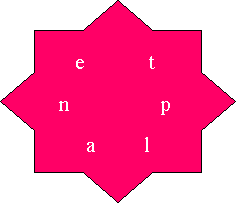
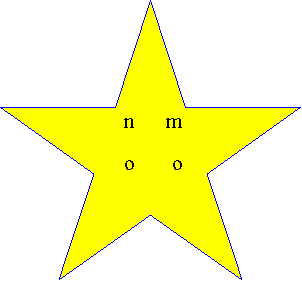 -What are they?
-What are they?
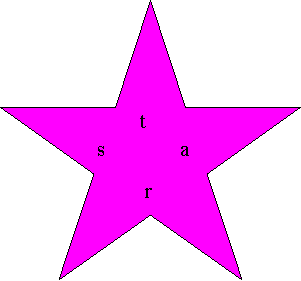
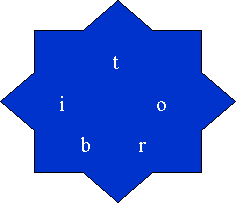
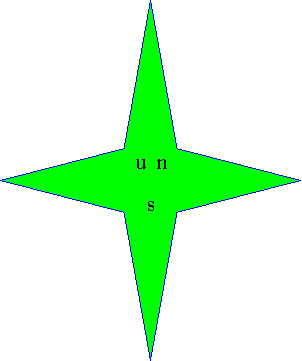
terha (Earth) suruna (Uranus)
onmo (Moon) tepennu (Neptune)
seuvn (Venus) rujipet (Jupiter)
tarsun (Saturn) rycemur (Mercury)
sarm (Mars) nus (Sun)
tuplo (Pluto)
(Slide 18) Guess the puzzles.
1. An ………is a person who was been trained for travelling in spaceship. (An astronaut)
2. A ……….vehicle used for travel in space. (A spaceship)
3. The …….is the very large group of stars that contains the Solar system, the Sun and all the planets, including the Earth, that go round it. (Milky Way galaxy)
4. A……. is a natural object moving round larger object in space. (A moon)
5. A………is an object as a bright line in the sky. (A comet)
6. I am big,
I am in the sky,
I give light.
What am I? (The Sun)
7. Higher than a house,
Higher than a tree,
What can be? (A star)
8. A blue sheet covers the whole world. What is it? (The sky)
(Slide 19) Look at this slide. Can you guess these words?
s.a.es.ip (spaceship)
.st.on..t (astronaut)
c.m.t (comet)
o.b.t (orbit)
p.an.t (planet)
s.t.lli.e (satellite)
Look at the crossword. Can you find 16 words which are connected the topic “Universe”? Encircle them into additional materials.
![]()
![]()
![]() u n e p t u n e s a t u r n Uranus meteor Earth
u n e p t u n e s a t u r n Uranus meteor Earth
r p l u t o o r b I t s u n Neptune asteroid Jupiter
a m e t e o r a s t e r o I d Saturn Venus
n v e n u s a s t r o n a u t Pluto astronaut
u n I v e r s e g a l a x y orbit universe
s o l a r s y s t e m a l I e sun galaxy
![]() e a r t h j u p I t e r g a n alien Solar system
e a r t h j u p I t e r g a n alien Solar system
(Slide 20) Thank you for you work and your answers. Our spaceship is exact. We are returning home. Let us recollect what we have seen during our lesson?
What have we done on this lesson?
What will you say your parents, relatives, friends about our travelling?
Count stickers. Who is the winner?
Count stickers in groups. What is the best group?
Write down your homework. At home you must make up the crossword of different form and you must repeat the information on your additional materials about universe, the Solar system, planets. Have you any questions to me on your homework?
Your marks are…
Thank you. You were very good for today. Good – bye!

про публікацію авторської розробки
Додати розробку
